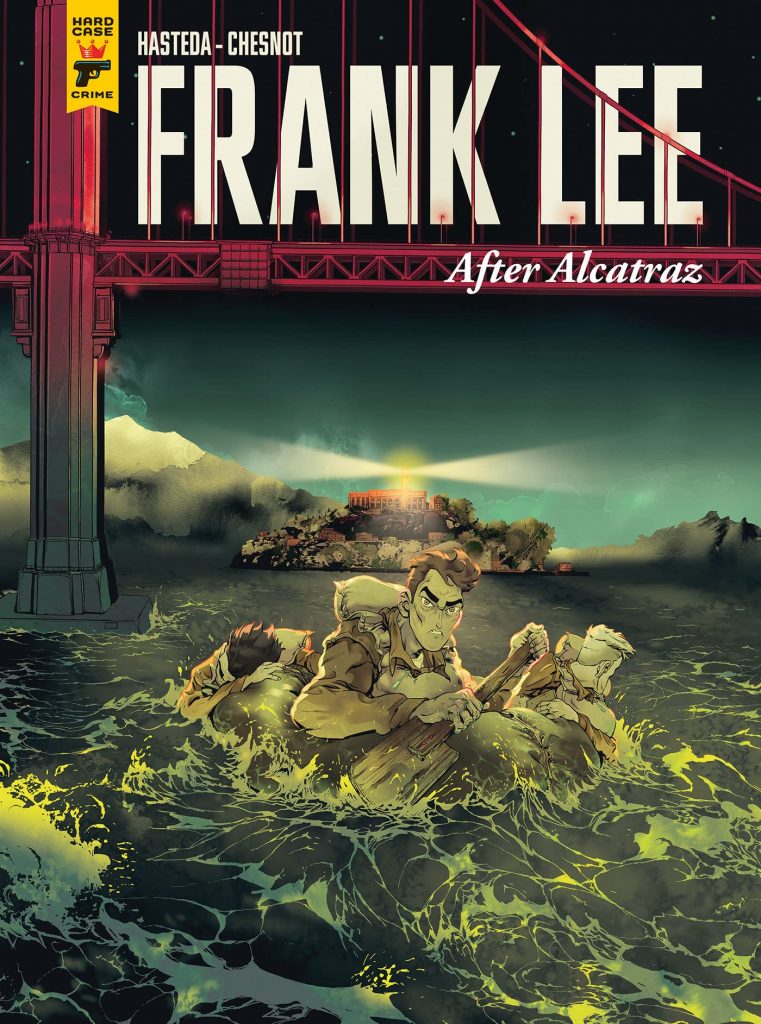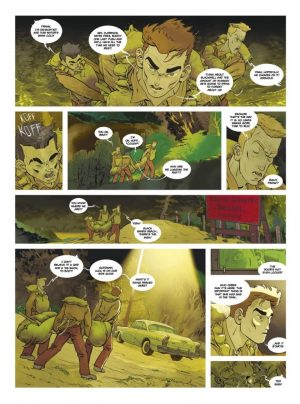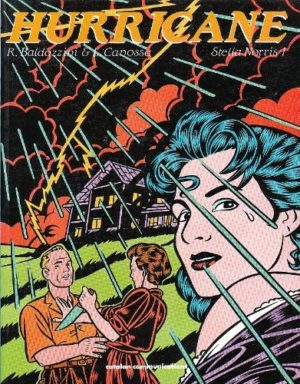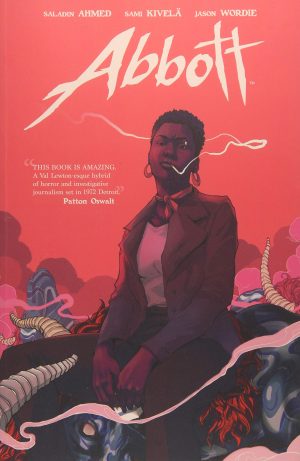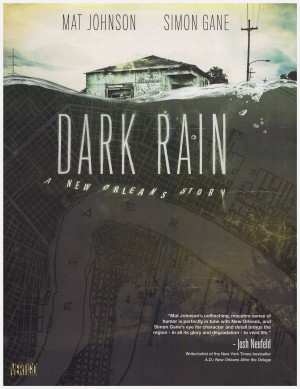Review by Ian Keogh
Alcatraz is a small island in the San Francisco Bay that housed a prison from 1934. Given the remote location and the treacherous currents separating the prison from the shore, it was considered escape proof, yet part of the reason the prison closed in 1963 concerns the 1962 escape of three inmates who were never seen again. Frank Lee Morris, Clarence Anglin and John Anglin became myths.
The opening dozen pages of David Hasteda’s story deal in real events, describing how the 1962 escape was achieved, Frank’s reputation for escaping other institutions, and the frustration of Warden Blackwell at the prison’s perfect record being lost. Ludovic Chesnot’s sample art is the first departure from known reality, showing Frank and the Anglin brothers landing on the mainland via their homemade raft. More details of life in Alcatraz and the escape planning are then filtered into the fictional speculation of how life continued for Frank. These sometimes occur via Chesnot’s clever visual segues, such as showing Morris in the same position sleeping on his cell bed and then on the forest floor, with the flashback scenes supplied in black and white for distinction.
Hasteda makes good use of local geography and settlements to plot a possible route to freedom, and while Frank receives help, the person aiding him has solid motivations for doing so. It’s also an interesting choice not to sensationalise the possibilities via chases and impossible escapes. The immediate post-Alcatraz years are spent in relative tranquillity, and for much of the time After Alcatraz is actually more a slice of life drama than the crime stories usually found under the Hard Case imprint, although crimes occur.
Chesnot’s art is very detailed, but also exaggerated when it comes to people and movement. It’s stylistically consistent, but it takes some adjusting to the twisted bodies and vivid lighting. However, the exaggeration is eventually taken too far when danger comes calling and Chesnot makes the threat too savage and magnified, more beast than man.
Reporter Sam Colson is naturally introduced in the early pages, and then clumsily reintroduced midway. That would have been better kept until the final stages when he actually has some bearing on events, but Hasteda’s incorporation of the real world Clint Eastwood film about the Alcatraz escape is smart and leads to a very satisfying ending.
At times Hasteda and Chesnot seem to fighting against each other, one creator wanting to keep it real by maintaining a low profile and the other wanting to strut their stuff to let the world know. Should he actually have survived the water in 1962 it must have been similar to the internal conflicts of the real Frank Lee Morris.
